July 2023 Newsletter
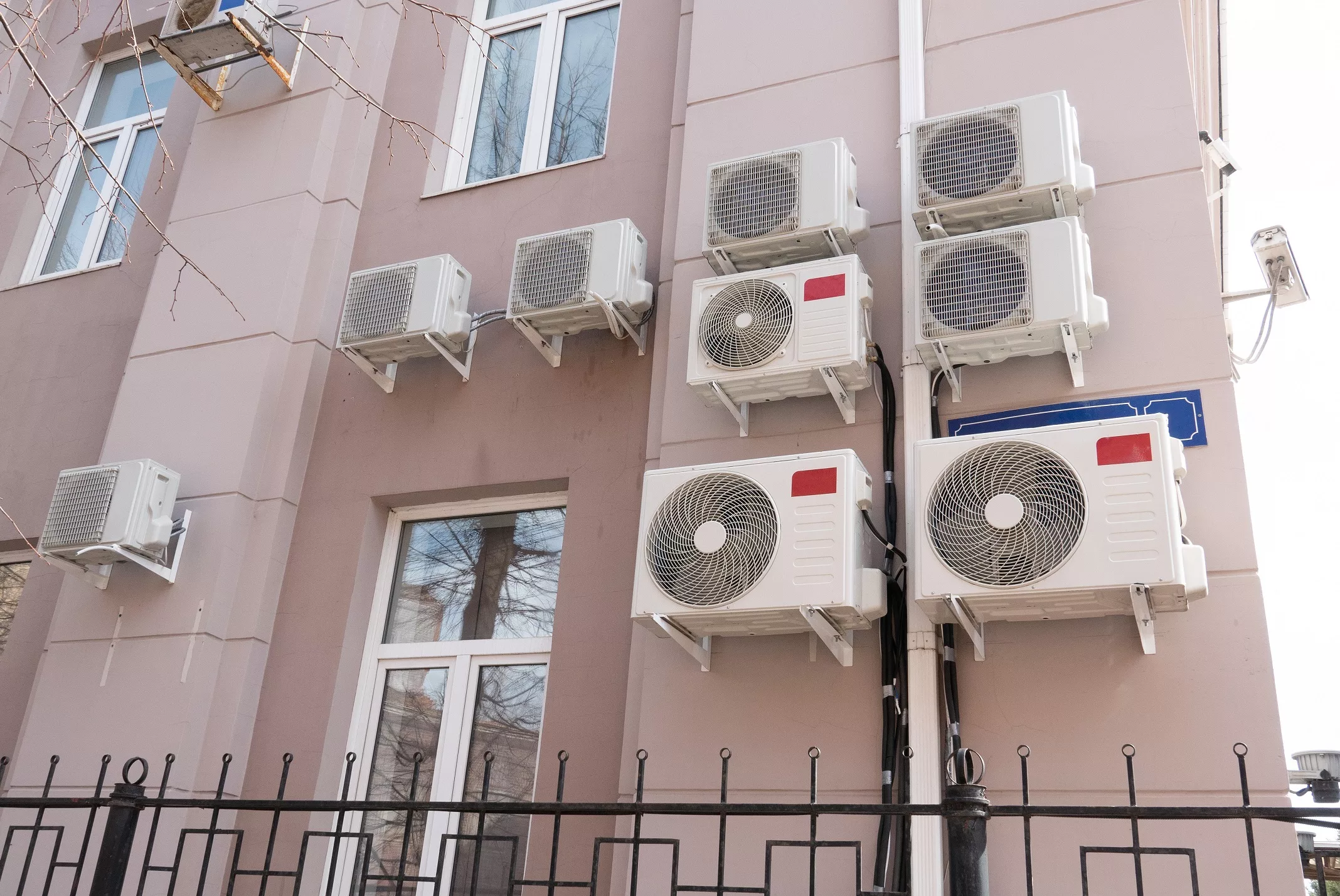
ICAST Experts Weigh In: What We Can Learn from Other Countries About Scaling Heat Pump Technology
Jeff Hargis | ICAST Senior Technical Project Manager
Mr. Hargis supports the organization by leveraging his expertise in energy efficiency, distributed energy resources, and project management to help drive ICAST’s green retrofit projects.
Heat pumps for space and water heating are receiving growing attention in the U.S. as a means of cutting greenhouse gas emissions and reducing utility costs. More work is needed to convert that attention to meaningful adoption, but thankfully, other nations offer evidence that it can be done. For example, while just 11% of U.S. households have heat pumps, the technology is widespread in East and Southeast Asia. This is especially true in Japan and Taiwan, where heat pumps can be seen throughout many cities. In Japan, nearly 90% of households use heat pumps for HVAC, and though its population is less than half the size of the U.S.’s, it has nearly double the heat pump sales.
One important thing to consider is that manufacturing does not have to present a significant barrier. Heat pumps don’t contend with the same “growing pains” in mass-volume production that are faced by certain other technologies like EVs or home battery packs. We should also note that energy grids in other countries have absorbed a dramatic increase in heat pump use without requiring an overhaul, partly because the most recent generation of heat pump technology is so efficient.
Still, more cause for optimism—heat pumps had a record sales year in 2022, and for the first time, accounted for over half of heating system sales in the U.S. Additionally, while the upfront costs for heat pumps tend to be higher than for conventional tech, utility rebates can often offset these, and the Inflation Reduction Act (IRA) provided tax credits and rebates that improve the financial case for these systems. Read more here
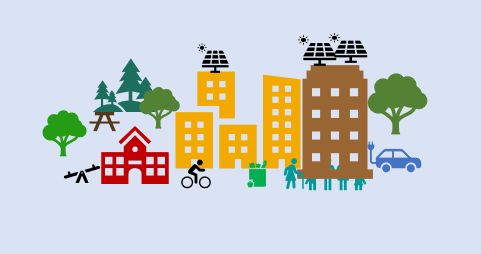
‘Resilience Hubs’ Address Root Cause of Community Vulnerability
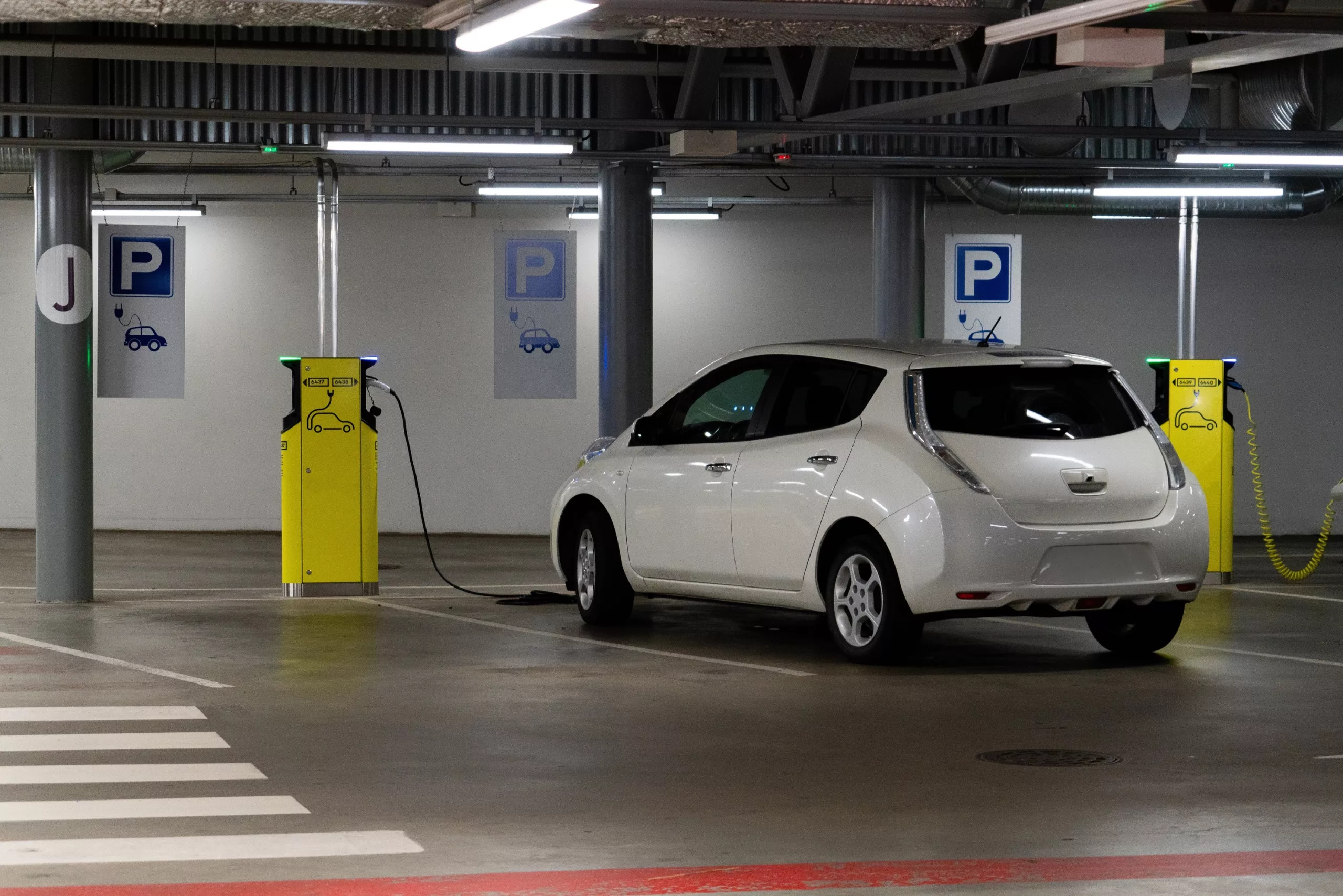
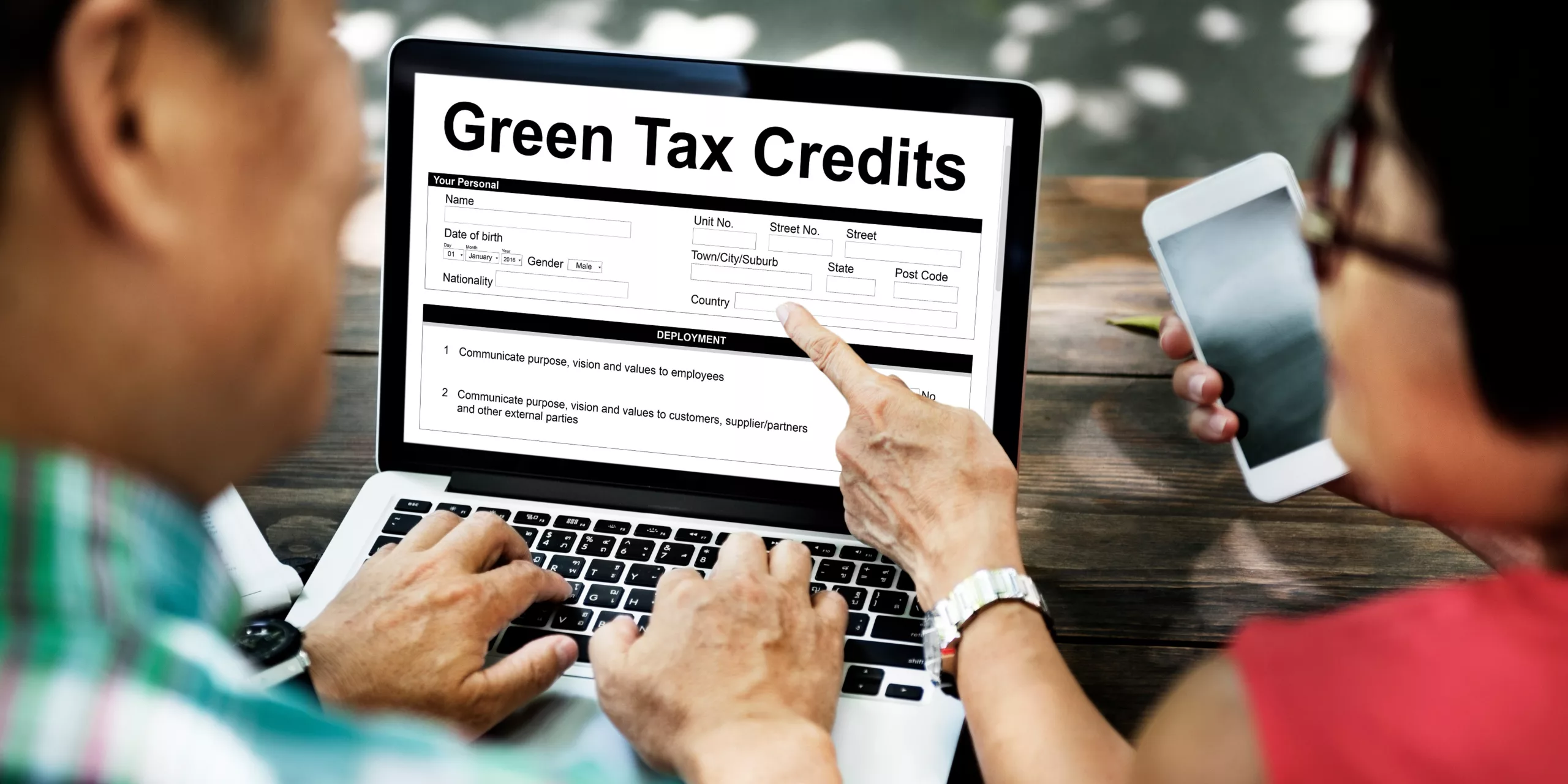
ICAST Policy Blog
IRS and Treasury Release Additional Guidance on Low-Income Community Credit Program
The Internal Revenue Service (IRS) and the Department of Treasury recently closed the comment period on a Notice of Proposed Rulemaking concerning the low-income communities' bonus energy investment credit program. Established under the Inflation Reduction Act (IRA), this Program is designed to provide up to a 20% competitive boost on top of the existing 30% investment tax credit for qualified wind or solar energy properties in low-income communities.
Biden-Harris Administration Invests in States and Tribal Nations to Modernize America's Electric Grid
As part of President Biden’s Investing in America agenda, the Biden-Harris Administration recently announced the selection of four states and two Tribal Nations to receive the first round of funding (totaling $50M) through the Grid Resilience and Tribal Formula Grants. The grants aim to help modernize the electric grid to reduce impacts due to extreme weather and natural disasters and ensure the reliability of the power sector's infrastructure. Grant recipients may award these funds to a diverse set of projects, with priority given to efforts that generate the greatest community benefit while providing clean, affordable, and reliable energy. Over the next five years, a total of $2.3B will be distributed to states, Territories, and federally recognized Tribes. Additional rewards will be announced on a rolling basis in the coming weeks and months.
Dept. of Housing and Urban Development Announces Funding to Improve Housing Quality and Reduce Energy Costs for Underserved Communities
The U.S. Dept. of Housing and Urban Development (HUD) recently announced funding available through the new, IRA-funded Green and Resilient Retrofit Program (GRRP). Read more here
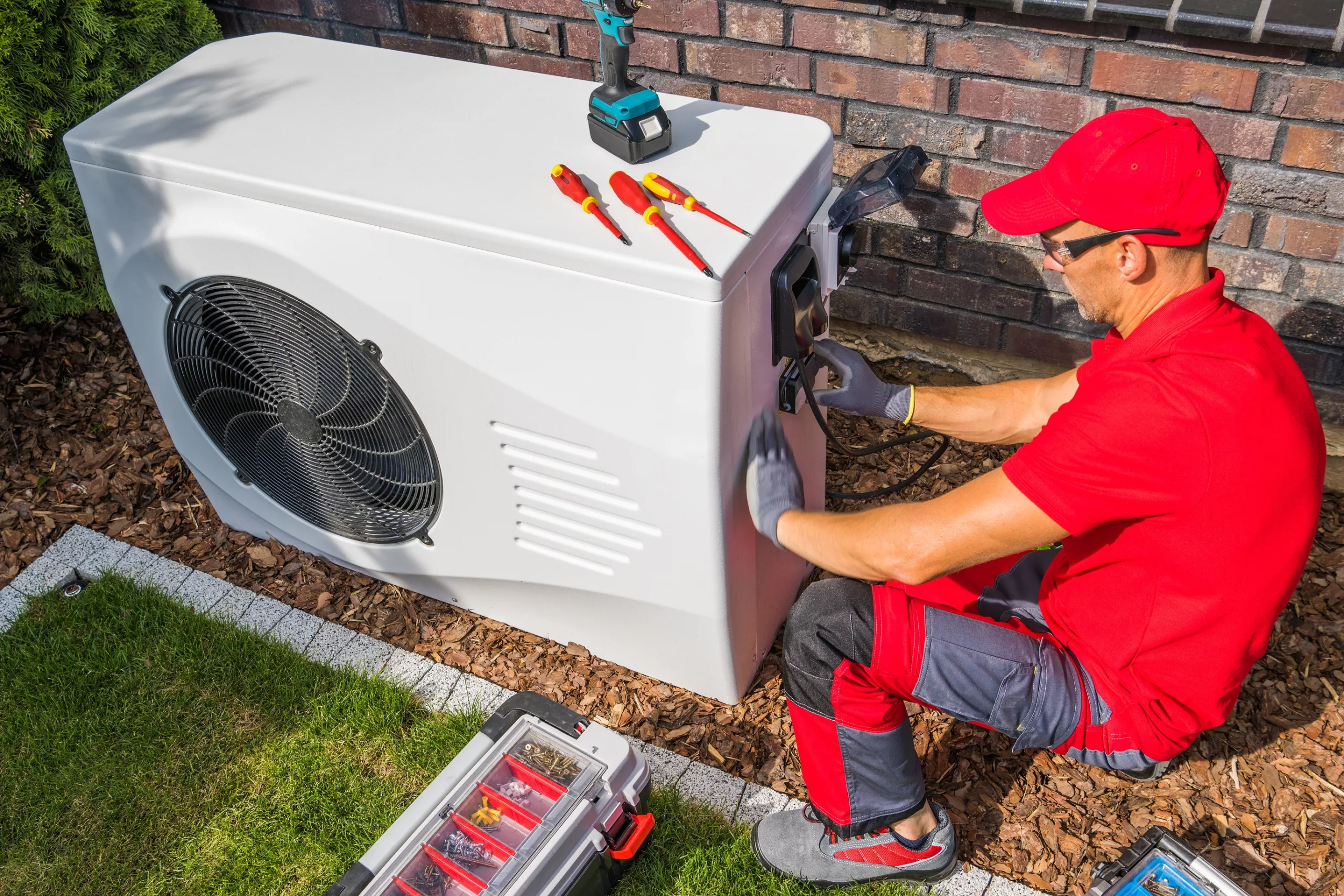
Electrification Upgrades: A New Generation of Heat Pump Systems Increases Efficiency
By Ravi Malhotra
Tax Credit Advisor, July 2023
More and more states have regulations and mandates requiring multifamily affordable housing properties to decarbonize (i.e., replace the use of natural gas, oil, or propane with electricity). This can be accomplished by upgrading systems for space and water heating. Electric heat pumps are a high-value tool for multifamily housing to respond to new mandates while improving their properties and benefiting their tenants.
Heat pump technology has been around for decades; however, recent technological innovations have dramatically improved performance, efficiency, and costs. Heat pump HVAC (HP-HVAC) systems can provide both heating and cooling, and the new generation of systems heats homes when outdoor temperatures are well below 0°F. They can do so at approximately three times the efficiency of their conventional or “business as usual” (BAU) alternatives, and at almost the same price. Heat pump water heaters (HPWH) are also more efficient but have not reached price parity. The good news is that the Inflation Reduction Act (IRA) and Bipartisan Infrastructure Law (BIL) offer billions of dollars to help multifamily housing make the switch. Read more here
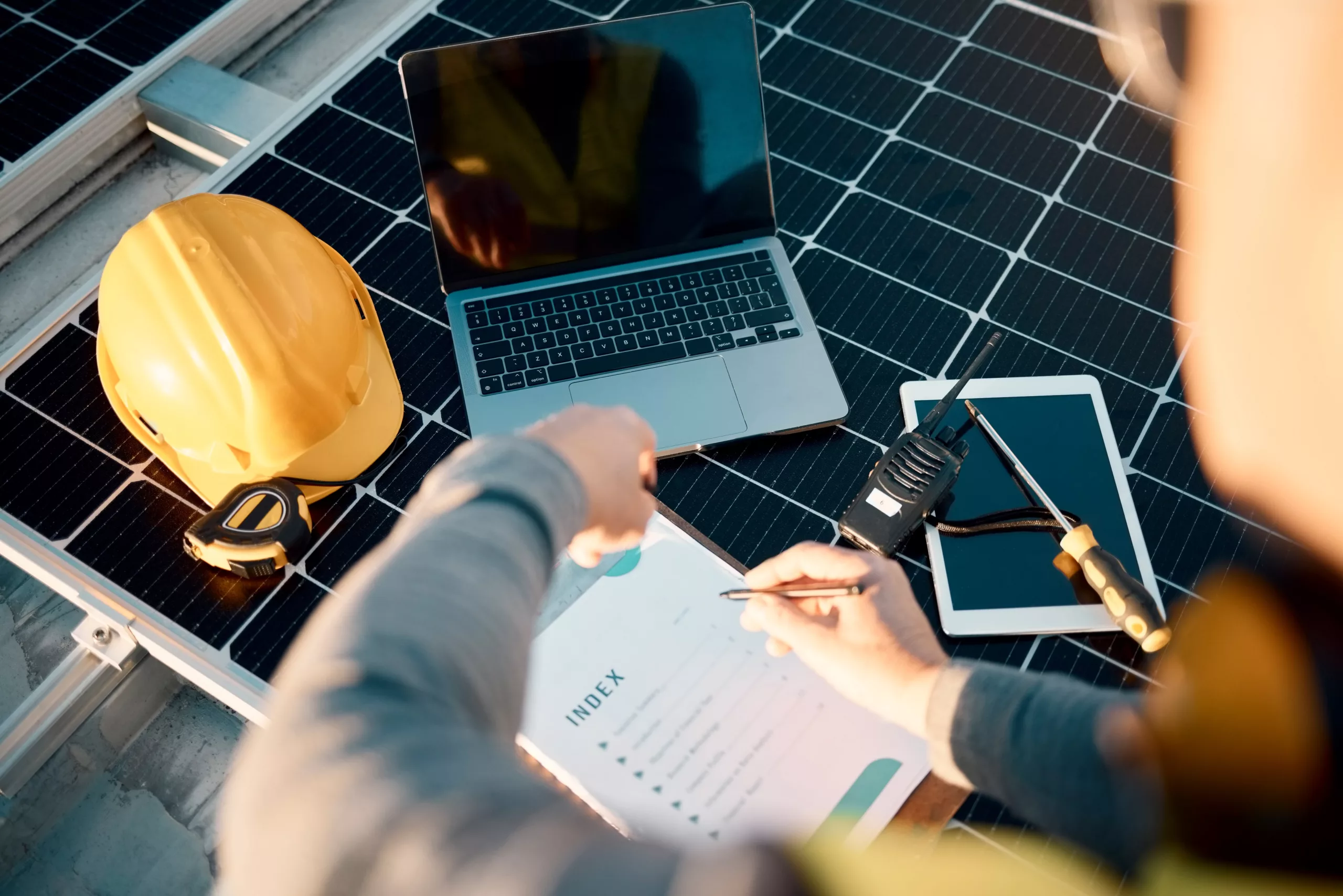
Taking Advantage of Federal Funds to Preserve and Construct Affordable Housing - Lessons Learned from the American Recovery and Reinvestment Act
If you follow ICAST’s blog, you know we have been hard at work leveraging opportunities created by the Bipartisan Infrastructure Law (BIL) and Inflation Reduction Act (IRA) to scale green solutions in underserved communities. For example, as previously reported, the BIL provided $3.2B for the U.S. Dept. of Energy’s Weatherization Assistance Program (WAP) on top of the $1.6B standard WAP allocation (ongoing over the next five years). Since the BIL’s signing, ICAST has been engaging with states to help them understand how they can utilize their BIL WAP allocation to benefit the historically neglected multifamily sector.
We are making progress. Tennessee has elected to use its BIL WAP funds for a statewide, multifamily-focused weatherization program and contracted ICAST to launch and manage it. To the tune of approx. $60M, this Program will help vulnerable households in multifamily affordable housing (MFAH) and shelters access energy efficiency, solar, and health and safety upgrades.
We’re thrilled about this result and eager to keep going. As we do so, we want to highlight some lessons learned over the years that helped prepare us to meet this moment. Read more here
Sign Up for the ICAST Newsletter
